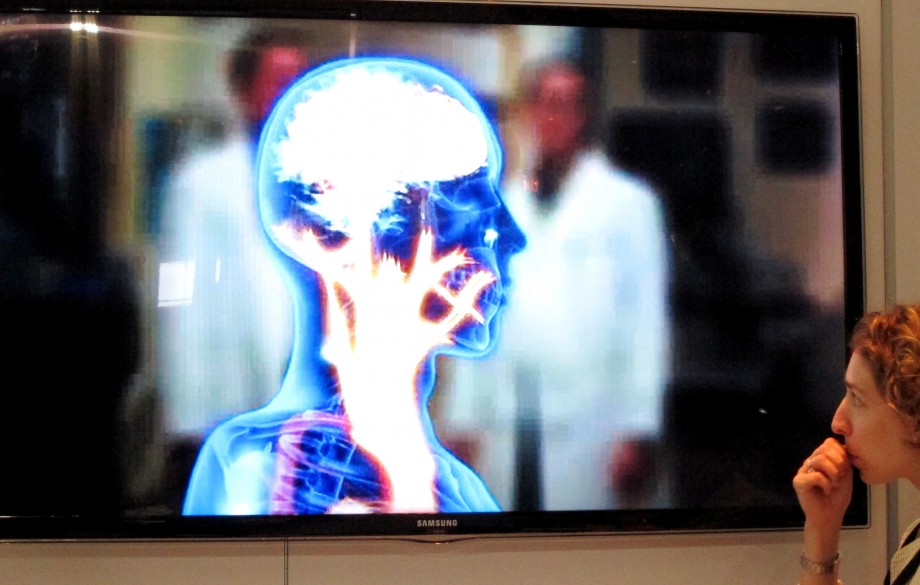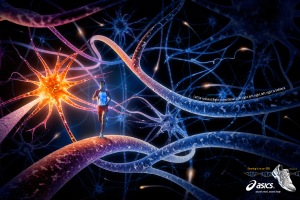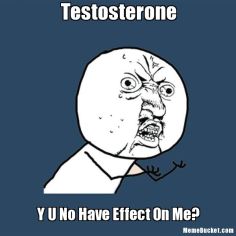 At a family dinner last night, 6-year-old Allison hugged me and said,”Grandma, why do women have boobies?” To which her 90-year-old great-grandmother tartly replied “So we can feed our babies. God didn’t put them there just for some man to play with.”
At a family dinner last night, 6-year-old Allison hugged me and said,”Grandma, why do women have boobies?” To which her 90-year-old great-grandmother tartly replied “So we can feed our babies. God didn’t put them there just for some man to play with.”
To which I (silently) added, “Well, not JUST…”
The stars must have aligned in the Milky Way, last week, because the news was all about The Sacred Breast,
The World Health Organization released a report saying that only 1 in 5 countries is in full compliance with its International Code of Marketing of Breast-milk Substitutes, which puts strict limits on how infant formula can be advertised and sold.
The Centers for Disease Control and Prevention reported that breastfeeding is still on the rise in the U.S., with 44% of moms nursing at 6 months, and 23% still doing it at 12 months
And JAMA Pediatrics published yet another study concluding that breastfeeding makes kids a little bit smarter – about 2 IQ points by the time they’re 7.
The breastfeeding debate is still as hot and sensitive as a new mom’s nipples after 3 days of newborn gnawing. Are breastfed babies healthier, smarter, stronger, faster, able to leap tall buildings in a single bound? Should young mommies have yet another thing to feel guilty about from Day One? Won’t there be enough to feel guilty about by Year 14, Year 25, Year 38, when that darling babe comes back home dragging two of her own?
The answers: Possibly, No, and Hell. Yes.
There’s no doubt that formula has come a long way since the days of mixing cow’s milk and Karo syrup, although I did just come across such a recipe on Ehow (evaporated milk, corn syrup, boiled water). But even cans of Enfamil, with their rosy, genius-looking baby labels, remind moms that formula plays second nutritional fiddle to breast milk.
Of course, this is clinically accurate. Mom’s proto-milk, colostrum, is low in fat and high in protein and antibodies. Preemies get more of everything than term babies – more fat, more protein, more immune agents, minerals,and electrolytes. Boys get more protein and girls, more fat. Hormones in milk lower the lifelong risk of obesity and resultant diabetes, and even shape the way the baby may respond to stress throughout life.
Even economic status plays into the mixture. In 2012, a study in rural Kenya found that well-off mothers were more likely to breastfeed sons, while poor mothers nursed daughters more often. The richer mothers also produced richer milk for their sons, with a much higher fat content than the milk they produce for daughters. The milk of poor women, on the other hand, was creamier for daughters than sons.
How come? It’s evolution, baby.
According to the Trivers-Willard theroy, natural selection pushed us to invest in girls during tough times, and boys in times of plenty. When a girl survived to womanhood, she was almost certain to help repopulate her group, building it up again baby by baby. But a boy might or might not find a mate and contribute offspring. In times of plenty, however, boys who survived were likely to have the bride-price for at least one wife, bringing to their group the possibility of many more children much more quickly.
Modern-day Eves find themselves lost at this crossroad of biology and sociology. All mothers want to give their babies the best possible care and most won’t argue that breast milk offers advantages that formula just can’t copy. But breastfeeding doesn’t fit into every woman’s life, for a myriad of reasons, each of which lugs its own load of angst. One woman may be cowed by the fear of post-nursing boob droop. Another, a struggling mom working at a minimum wage job, doesn’t have the time or place to pump and store milk. Even most financially secure women have to go back to work sometime, and months and months of pumping at work is a daunting idea.
So let’s just go head and say it. In a developed country with an abundant supply of safe drinking water, formula is fine. Babies can not only live on it, they can thrive on it
Yet we remain wildly divided on the issue. The Stir, a woman’s blog about parenting, is a good place to observe the contentious debate. Check out the comments. Militant breast-feeders demand the right to bare breast, while others want to keep both baby and booby under wraps. Formula-feeders resent the pressure to nurse no matter what, as well as the assumption that withholding mother’s milk is tantamount to child abuse. And those hybrid feeders whose babes imbibe from both fonts? That’s just crazy talk.
Motherhood sets women up for an avalanche of guilt on every side. That beer you had before you realized you were pregnant. The job you had to return to at 6 weeks postpartum. The babysitter who wasn’t up to snuff, but who was all you could afford. The harsh words that slipped out one desperate night and haunt you for years afterward.
Although most non-motherly moments cause no lasting damage, mothers will never be able to let go of all their guilt. But when breastfeeding isn’t the right choice, for whatever reasons, the bottle shouldn’t become one more symbol of imagined failure.








comments